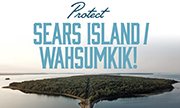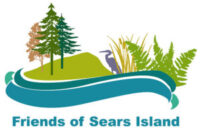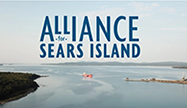By Alivia Moore, citizen of the Penobscot Nation & co-director of Niweskok
Niweskok: From the Stars to Seeds is a nonprofit whose mission “rematriates Wabanaki lifeways through engaging with our kinship responsibilities and reclaiming traditional foods & healing. We prioritize restoring the Penobscot Bay region as a Wabanaki foodhub.” In Penobscot, Niweskok translates as “dried seeds for planting”, also “essence of life” and “spirit”.
Niweskok organized a ceremonial canoe journey for this August, following the main stem of the Bunawupskeag/Penobscot River to the Bay, ending at Sears Island/Mαli-pakαnsisíhkok/Hazelnut Island*. As we paddled the four segments of this ancestral canoe route, we experienced an embodied remembering that we, as the people of the River, are ocean people too. Pαnawαhpskewi, the people of the Penobscot River—our culture, our shared identity—centers from our relative, the River. Colonization has physically and psychologically disrupted Penobscot connection to our ocean culture and identity. The construction of Fort Pownal in 1758, now the site of Fort Point State Park, marked the beginning of an era where Penobscot and other Wabanaki relatives could no longer safely paddle the Penobscot River to our coastal villages. With our ceremonial paddle we have been able to return as visible, vibrant community to coastal Penobscot territory!
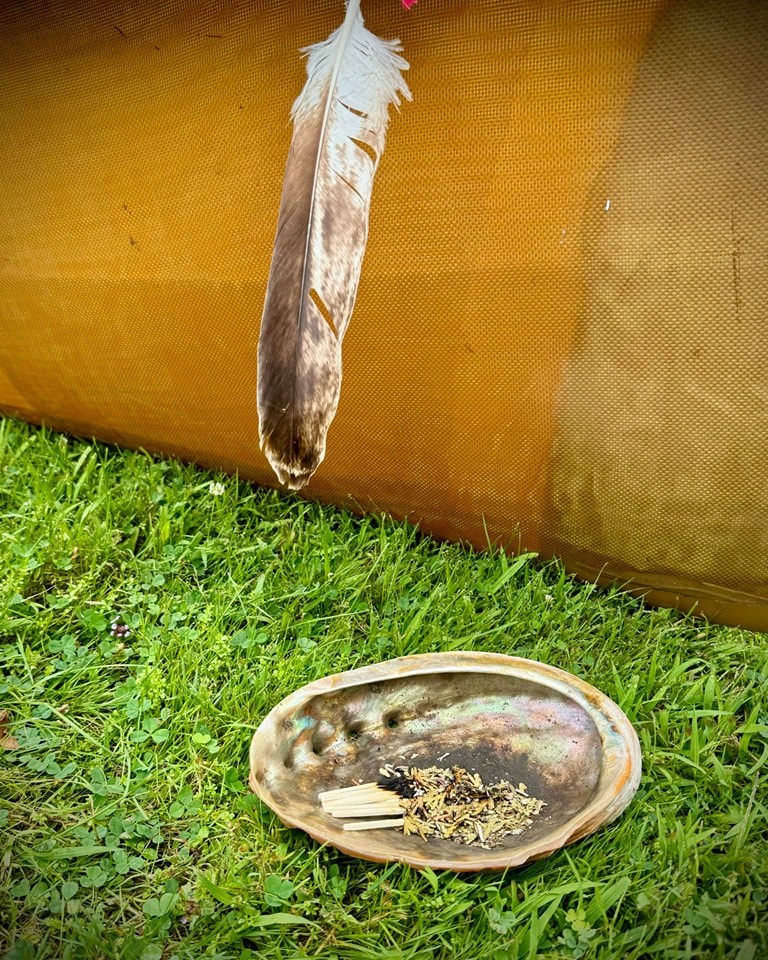
The organizer of the canoe journey, Niweskok: From the Stars to Seeds, is a non-profit led by Wabanaki food & medicine providers rematriating the Penobscot Bay region. Through organizing to feed our people, and reinvigorating Wabanaki food systems, the work of rematriating our foodways calls us to return to an earth-centered economy and matriarchal governance. Niweskok creates and supports safe access for Wabanaki in Penobscot Bay again.
The Penobscot River up to Salmon Rock where the Milford dam now sits, just below the Penobscot people’s main village at Alnabe Menahan/Indian Island, is tidally influenced. After the historic series of dam removals, this stretch of the river is returning to be an ecosystem based in a dance with salt and fresh waters. Herring are back in staggering counts, annually sturgeon are arriving at the Milford dam. Curious seals have been spotted below Indian Island; lamprey eels, American eels and Atlantic salmon among other relatives’ health is rebounding. Restoring ecosystems must also include the return of the original people too.
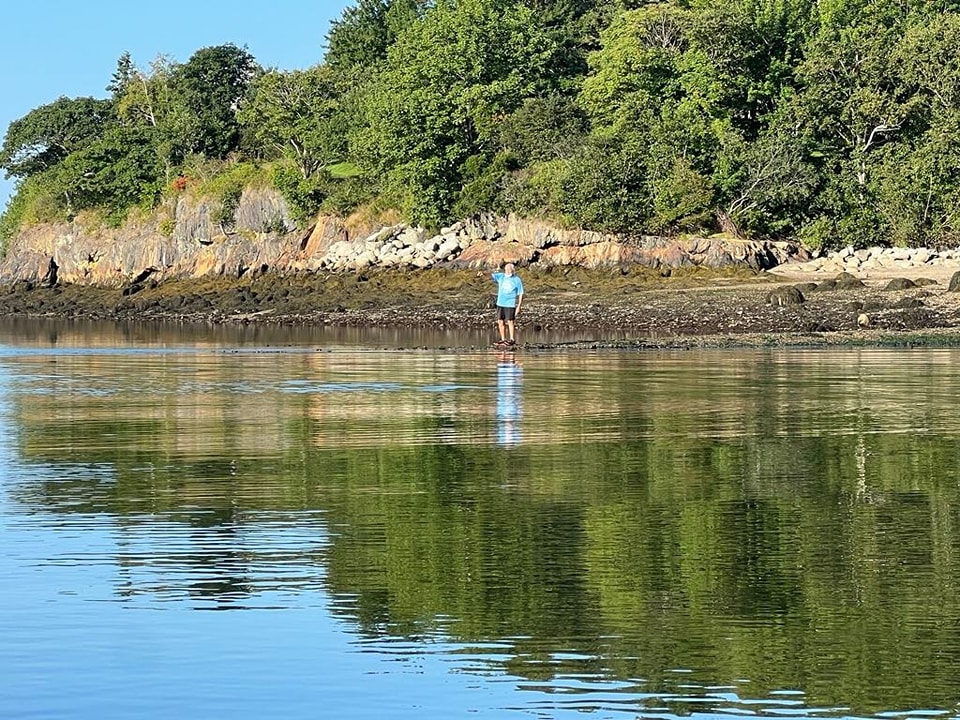
On the final day of the canoe journey, our elder and master paddler Eugene ‘Chip’ Loring, who had paddled two legs with us, road crewed. He waited for our canoe at the rocky point off Fort Point beach. As his eyes searched for our approach, it was the flash of water reflecting on our paddles that he first saw. A wave of emotion and pride came over him seeing his people come home. Our ceremonial canoe filled with Wabanaki could flow past Fort Point safely and with the blessing of our elder. This is healing, for the people and land and waters.
When Wabanaki are able to return to our home on the coast, we understand we will have responsibilities to those land and waters too. It is vital that Wabanaki are not only invited into broader movements, but also that space is created, resources shifted, and that we are welcomed back on our terms just as we were able to do during our canoe journey. From these restored relationships, Wabanaki can reconnect to the caretaking that the earth is calling us into.
This journey was possible because of the planning & support on and off the water by Mark Ranco & Chip Loring. Canoes and gear were shared with us from @Penobscot Nation Youth Program. Photography by Jessica Sockbeson. Safety boat support & photography was provided by Chris Francis & Danielle Dorrie of @Skyline Maine Adventures and Kayak Rentals.
Additional woliwoni to Friends of Sears Island, especially Susan White for supporting us to have space to celebrate the conclusion of the journey on Sears Island; David Italiaander for supporting as safety boat across the bay; and our dear friends that welcomed us at Wahsumkik, the beach of Mαli-pakαnsisíhkok/Hazelnut Island. Here is to rematriation and shared restoration!
*Alivia notes that there are several names for Sears Island, among them “Wahsumkik”, “White”, or “Bright Sand Beach” and “Mαli-pakαnsisíhkok”, “Hazelnut Island”. There are still hazels on Sears Island, she adds.
A project of volunteers who care deeply about Sears Island

